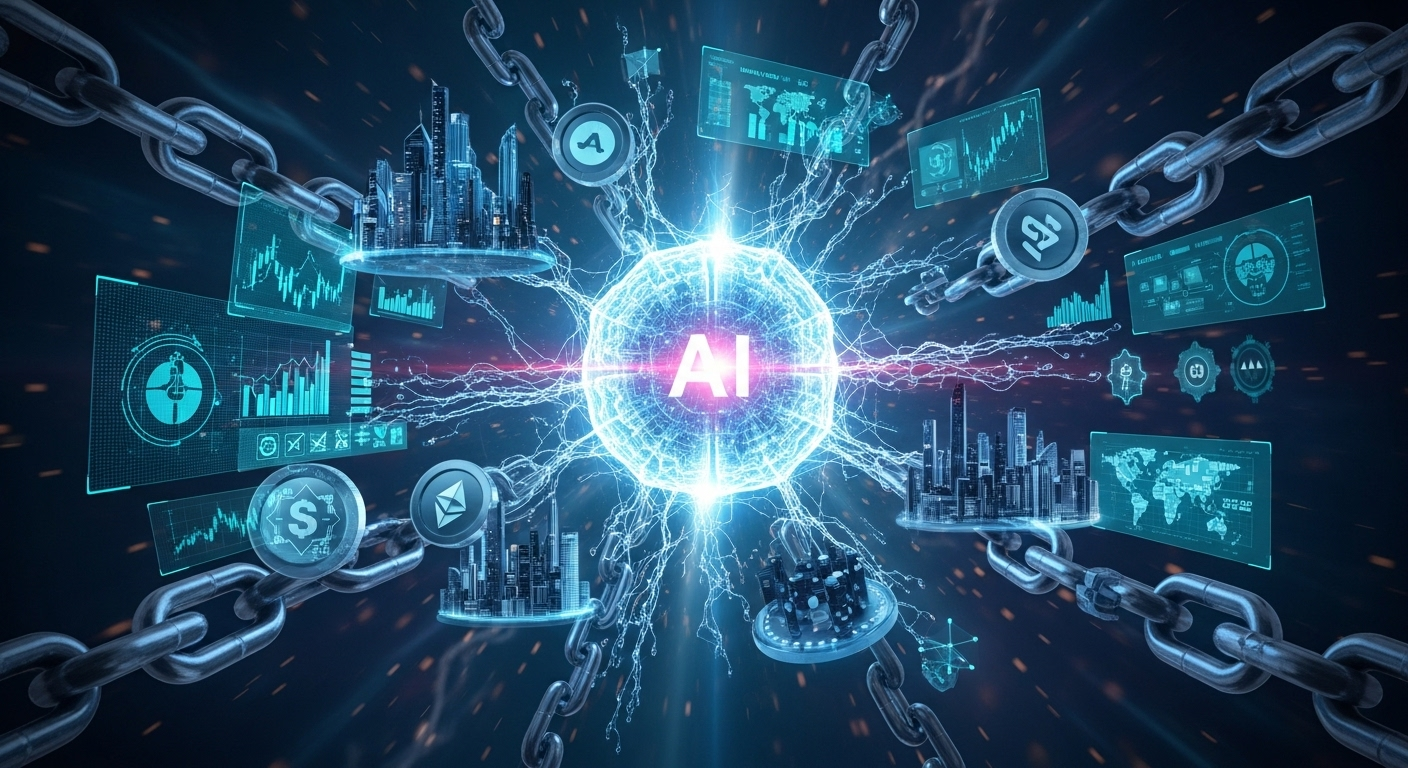The Model Context Protocol (MCP): Building the Backbone of Modern AI Agent Ecosystems
Introduction
In the rapidly evolving world of AI, innovation isn’t just about models like GPT‑4, Claude, or Gemini—it’s also about the infrastructure that connects these models to real data, tools, and each other. Enter the Model Context Protocol (MCP): a foundational open standard reshaping how AI agents operate across platforms.
Why MCP Matters: Solving AI Integration Challenges
1. Fragmented AI Toolchain
Until MCP’s release in November 2024, integrating large language models (LLMs) with enterprise tools—such as databases, APIs, or internal apps—required bespoke connectors for each combination, leading to high engineering complexity (Thoughtworks, Ahmed Tokyo).
2. Static APIs vs. Agentic Dynamics
Traditional APIs are static, schema-driven, and rigid—ill‑suited to agents that reason, plan, and adapt at runtime. They lack context awareness or identity verification, making secure, dynamic access to enterprise tools challenging (Ahmed Tokyo, World Wide Technology, Unite.AI).
3. The MCP Advantage
MCP introduces a client–server architecture:
- An MCP Server wraps around backend services or data sources.
- An MCP Client, embedded in an AI agent, interacts using a standardized protocol—typically JSON‑RPC 2.0—with built‑in identity, context, and permission checks (BestofAI, Wikipedia).
This enables agents to dynamically negotiate access: “Who are you? What are you trying to do? Do you have permission?”—granting flexible, contextual access without hard‑coded logic (Thoughtworks, Ahmed Tokyo).
Real-World Adoption: MCP Moves From Theory to Practice
Major Tech Companies Embrace MCP
- Anthropic open-sourced the protocol on November 25, 2024, providing SDKs in languages like Python, TypeScript, and Java, plus reference server implementations for services like GitHub, Stripe, and Slack (Anthropic).
- In March 2025, OpenAI adopted MCP across the Agents SDK, Responses API, and ChatGPT desktop client, signaling its commitment to open, interoperable AI infrastructure (Wikipedia).
- Google DeepMind and Microsoft confirmed similar integrations into Gemini and Copilot Studio respectively, legitimizing MCP as a cross‑vendor standard (Wikipedia).
Industry Use Cases
- Enterprises like MongoDB, AWS, and PayPal are deploying MCP servers to expose tools and databases to agentic applications—standardizing access rules without messing with internal APIs.
- Infrastructure companies such as Wix and Speak Easy (developer tooling) are using MCP to enable dynamic AI integrations directly into developer workflows (Wikipedia).
This momentum reflects more than experimentation. MCP is operational—not a replacement for APIs but a layer that augments them with identity, access policy, and context awareness.
MCP vs. APIs: A Comparative Snapshot
| Feature | Traditional APIs | Model Context Protocol (MCP) |
|---|---|---|
| Static vs. Dynamic | Fixed schema, one-time request/response | Conversational, context-aware access control |
| Identity & Context | Lacks user/agent identity | Integrated identity, task context, permissions |
| Scalability | M×N integrations needed | M+N via unified protocol clients/servers |
| Permission Control | Code-based, pre-defined | Centralized policy‑based control at MCP layer |
APIs remain critical for actual data access. MCP excels where agents demand contextual control and dynamic authorization, simplifying updates and reducing code churn (redblink.com, Wikipedia, Ahmed Tokyo).
Security Considerations & Ecosystem Concerns
Common Vulnerabilities
Recent research has exposed serious vulnerabilities in MCP systems:
- Prompt injection, tool poisoning, or rogue servers replacing trusted services (“tool squatting”)
- Preference manipulation attacks where malicious MCP servers push agents toward malicious services (arXiv, arXiv, arXiv).
Mitigation Approaches
Proposed safeguards include:
- ETDI: OAuth-based tool definitions, immutable versioning, and policy-driven permissions
- Policy engines: Evaluating tool access dynamically based on runtime context rather than static scopes (arXiv, arXiv).
Many platforms—including Microsoft’s controlled MCP registry in Windows AI Foundry—are already deploying stricter security protocols and user consent prompts to reduce risk (The Verge).
What MCP Unlocks: The Future of Agentic AI
Towards Interoperable Agent Ecosystems
MCP enables modular agent frameworks where AI agents can coordinate, delegate tasks, and act across environments—from drafting documents to querying business data or executing workflows—without siloed integrations (aiagentslive.com, World Wide Technology, Ahmed Tokyo).
Protocol-Level Standardization
Just as HTTP standardized the web, MCP is positioning itself as a common agentic communication layer. Its vendor-neutral, open standard design avoids lock-in while promoting cross-platform compatibility (Ahmed Tokyo, MCP, Wikipedia).
Layered Protocol Stacks
Alternative protocols like A2A (Agent‑to‑Agent) and AGNTCY are exploring inter-agent messaging and orchestration. MCP’s adoption among enterprises gives it a leading edge in tool access and context management. These standards may coexist in layered architectures, each suited to different components of agent workflows (Wikipedia, Thoughtworks, fr.wikipedia.org).
Conclusion
The Model Context Protocol (MCP) is more than just another open standard—it’s the connective tissue for next‑generation AI systems. By abstracting integration complexities and enabling dynamic, secure access to tools and data, MCP equips enterprises to build scalable, contextually aware agent ecosystems.
Despite emerging security risks, the early adoption by tech giants and the growing developer ecosystem positions MCP at the forefront of AI infrastructure. As agent-based systems become ubiquitous, MCP may well become the universal protocol that defines how models, tools, and data sources interoperate.
Read also:
AI and Blockchain Integration 2025: Transforming Finance, Healthcare, Supply Chains, and Beyond
Secret AI Technologies That Could Replace Transformers by 2025
